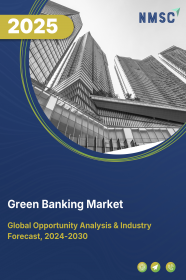
Green Banking Market by Product Type (Loans (Green Loans (Solar Loans, Electric Vehicle Loans, and Others) and Green Mortgages), Investment Products (Green Bonds (Mutual Bonds, and Others) and Sustainable Investment Funds), Depository Product (Green Savings Accounts and Eco-Friendly CDs), Insurance Products (Eco-Insurance), and Mobile and Online Banking), and Others– Global Opportunity Analysis and Industry Forecast 2025–2030
US Tariff Impact on Green Banking Market
Trump Tariffs Are Reshaping Global Business
Green Banking Market Overview
The global Green Banking Market size was valued at USD XXX billion in 2024 and is predicted to reach USD XXX billion by 2030 with a CAGR of XXX% from 2025-2030.
Green banking sector is being propelled by various factors such as worldwide commitment to net-zero carbonization, increasing Environmental, Social, and Governance (ESG) appetite globally along with demand for sustainable investment funds. The sector is restrained by high initial expense but on the contrary, the worldwide trend towards sustainability provides immense opportunities for the future. Besides, some of the major players such as Standard Chartered plc Triodos Bank UK Ltd., and United Overseas Bank Limited Co. are implementing business strategy such as partnership to consolidate their market leadership position in the market. Further, these initiatives are anticipated to create competition driving the market trend upwards.
Global Pledge for Net-Zero Carbon Emissions Fuels Market Growth
The global commitment for net-zero emission by 2050 fuels the green banking industry. Banks are increasingly embracing green financing solutions to position their product offerings with the global pledge. As per United Nations, to limit global warming at 1.5 °C as per Paris Agreement, the reduction of emissions by 45% by 2030 is required to reach net-zero by 2050. Due to this commitment, banks are hastening sustainable solutions fusion into lending operations such as green loans, investment, and insurance products that promotes the demand for green financial solutions.
ESG Demand Globally Propels the Market Growth
The global ESG demand drives the market by prompting financial organizations to align their operations with sustainable solutions to attract socially aware investors leading to arrival of ESG-compliant financial solutions such as green bonds and eco-friendly loans.
As per the report published by Bloomberg 2024, global ESG assets passed USD 30 trillion in 2022 and is projected to exceed USD 40 trillion by 2030, a change of 33.3%. This heightened interest in ESG-compliant investments encourages financial institution to innovate and expand their green offerings ultimately leading to a boost in the green banking industry.
Demand for Sustainable Investment Funds Worldwide Drives the Market Growth
The global demand for sustainable investment funds also drives the green banking industry by creating demand for comprehensive financial products that prioritize environmental responsibility as part of their offering. As per the report published by United Nation Conference on Trade and Development (UNCTAD), the global value of sustainable investment products reached USD 7 trillion in 2023 showing a 20% increase from 2022. Due to the growing demand of sustainable themed financial portfolio, financial institution increasingly align their offerings with sustainable approaches with lower carbon foot print leading to the green banking market growth.
High Initial Investment Hinders the Market Growth
There exists high initial investment associated with the adoption of sustainable banking practices that includes shifting to renewable energy systems, energy-efficient infrastructure and also training of workforce leading to an impeding effect in the growth of the industry further deterring full commitment to green banking strategies.
Global Trends Towards Sustainability Creates Future Opportunities
The market is anticipated to show significant future opportunity due to the global trend towards sustainable approach. As, businesses worldwide push their solution towards sustainability driven by regulatory frameworks, the demand for green banking solutions is anticipated to increase in future with financial institutions offering more innovative and diversified product offerings to the consumers.
Market Segmentations and Scope of the Study
The green banking market report is classified on the basis of product type, type, end-users, and region. On the basis of product type, the market is segmented into loans, investment products, depository product, insurance products, and by mobile and online banking. Based on loans, the market is further grouped into green loans and green mortgages. Green loans is further classified into solar loans, electric vehicle loans, home loans, and SME loans. Based on investment products, the market is further segregated into green bonds and sustainable investment funds. Sustainable investment fund is further divided into mutual funds, exchange-traded funds (ETFs), socially responsible investment (SRI) funds, and environmental, social, and governance (ESG) funds. Based on depository product, the market is further divided into green savings account and eco-friendly CDs. Based on insurance products, the market is further grouped into eco-insurance. Eco-insurance is further classified into renewable energy home insurance, technical external risk insurance, crop insurance, forest insurance, lack of sun and wind insurance, modernisation insurance. On the basis of type, the market is further divided into public, quasi-public and non-profit. On the basis of end-users, the market is further segmented into individuals and businesses. Regional breakdown and analysis of each of the aforesaid segments includes regions comprising of North America, Europe, Asia-Pacific, and RoW.
Geographical Analysis
North America region dominates the green banking market share and is expected to hold the position in the coming years due to the regional commitment towards net-zero carbon emission. The U.S. government reported to have a target of reaching net-zero carbon emissions by 2050, as stated in the report presented by McKinsey & Company. Such commitments compel the financial institutions to shift their product offerings towards sustainable solutions leading to lowered carbon print and this leads to a boost in the market growth.
Moreover, the growth in the region is also driven by the growing ESG demand that compels the financial institutions to diversify their green banking solutions attracting more socially conscious investors.
According to the report published by the Business Development Bank of Canada in 2023, the proportion of major buyers anticipated to adopt ESG requirements for their suppliers is expected to rise to 92% by 2024. Additionally, there exists three-quarters of Canadian entrepreneurs who adopted ESG practices for benefit in their business. The heightened demand for ESG-compliant financial portfolio promotes the green banking industry leading to growth in the market.
On the contrary, Asia-Pacific is the fastest growing region globally due to the boosting green banking industry that led to the transformation of banking sector towards green solutions to lower carbon-footprint.
According to the report published by the Green Finance and Development Centre in 2024, green loan balance summed USD 4.25 billion in Q4 2023, marking a 36.5% year-on-year increase and equating 12.7% of total loan balance. The growing sustainable banking sector encourages financial institutions to diversify their product portfolio towards sustainable solutions that leads to a boost in the market growth.
Furthermore, the growth in the region is also witnessed due to the presence of regulatory body that tracks the financial related to the financial institution. For example, The Securities and Exchange Board of India (SEBI) released a framework in July 2023 for ESG performance disclosure in order to boost transparency and accountability in corporate actions. The higher scrutiny forced the financial firms to embrace sustainable behaviour resulting in embracement of the green banking practices that eventually facilitated growth in the market.
Competitive Landscape
Various key players of the green banking industry include Triodos Bank UK Ltd., Nordea Bank Abp, Coöperatieve Rabobank U. A., BNP Paribas S. A., Standard Chartered PLC, Clean Energy Finance Corporation, Green Finance Institute Ltd., Mufin Green Finance Limited, Berkshire Hathaway Inc., Green Finance Capital AG, Banco Santander S. A., United Overseas Bank Limited Co., Nordic Environment Finance Corporation, DC Green Bank, China Development Bank, among many others. These market players involved in the market are using strategy such as product launches to maintain their dominance.
For example, in January 2025, Standard Chartered plc partnered with Apollo Global Management to contribute around USD 3 billion for global infrastructure, clean energy, and energy transition. Projects. The partnership focuses on the sharing the company’s idea of sustainable finance growth.
Also, in November 2024, Triodos Bank UK Ltd. merged with GridBeyond to accelerate the roll-out of behind-the-meter battery energy storage systems across the U.K. and Ireland. The collaboration focuses on the commitment towards global push for decarbonisation.
Moreover, in August 2024, United Overseas Bank Limited Co. signed a memorandum of understanding (MOU) with Malaysian state’s investment organization to promote and facilitate investment opportunities in the Johor-Singapore Special Economic Zone. The partnership shows the company’s expanding portfolio globally.
Key Benefits
-
The report provides quantitative analysis and estimations of the green banking industry from 2025 to 2030, which assists in identifying the prevailing market opportunities.
-
The study comprises a deep-dive analysis of green banking market including the current and future trends to depict prevalent investment pockets in the market.
-
Information related to key drivers, restraints, and opportunities and their impact on the green banking market is provided in the report.
-
Competitive analysis of the players, along with their market share is provided in the report.
-
SWOT analysis and Porters Five Forces model is elaborated in the study.
-
Value chain analysis in the market study provides a clear picture of roles of stakeholders.
Green Banking Market Key Segments
By Product Type
-
Loans
-
Green Loans
-
Solar Loans
-
Electric Vehicle Loans
-
Home Loans
-
SME Loans
-
-
Green Mortgages
-
-
Investment Products
-
Green Bonds
-
Sustainable Investment Funds
-
Mutual Funds
-
Exchange-Traded Funds (ETFs)
-
Socially Responsible Investment (SRI) Funds
-
Environmental, Social, and Governance (ESG) Funds
-
-
-
Depository Product
-
Green Savings Account
-
Eco-Friendly CDs
-
-
Insurance Products
-
Eco-Insurance
-
Renewable Energy Home Insurance
-
Technical External Risk Insurance
-
Crop Insurance
-
Forest Insurance
-
Lack of Sun and Wind Insurance
-
Modernization Insurance
-
-
-
Mobile and Online Banking
By Type
-
Public
-
Quasi-Public
-
Non-Profit
By End-Users
-
Individuals
-
Businesses
By Region
-
North America
-
The U.S.
-
Canada
-
Mexico
-
-
Europe
-
The U.K.
-
Germany
-
France
-
Italy
-
Spain
-
Denmark
-
Netherlands
-
Finland
-
Sweden
-
Norway
-
Russia
-
Rest of Europe
-
-
Asia-Pacific
-
China
-
Japan
-
India
-
South Korea
-
Australia
-
Indonesia
-
Singapore
-
Taiwan
-
Thailand
-
Rest of Asia-Pacific
-
-
RoW
-
Latin America
-
Middle East
-
Africa
-
Key Players
-
Triodos Bank UK Ltd.
-
Nordea Bank Abp
-
Coöperatieve Rabobank U. A.
-
BNP Paribas S. A.
-
Standard Chartered PLC
-
Clean Energy Finance Corporation
-
Green Finance Institute Ltd.
-
Mufin Green Finance Limited
-
Berkshire Hathaway Inc.
-
Green Finance Capital AG
-
Banco Santander S. A.
-
United Overseas Bank Limited Co.
-
Nordic Environment Finance Corporation
-
DC Green Bank
-
China Development Bank
REPORT SCOPE AND SEGMENTATION:
|
Parameters |
Details |
|
Market Size in 2024 |
USD XXX billion |
|
Revenue Forecast in 2030 |
USD XXX billion |
|
Growth Rate |
CAGR of XXX% from 2025 to 2030 |
|
Analysis Period |
2024–2030 |
|
Base Year Considered |
2024 |
|
Forecast Period |
2025–2030 |
|
Market Size Estimation |
Billion (USD) |
|
Growth Factors |
|
|
Countries Covered |
28 |
|
Companies Profiled |
15 |
|
Market Share |
Available for 10 companies |
|
Customization Scope |
Free customization (equivalent to up to 80 working hours of analysts) after purchase. Addition or alteration to country, regional, and segment scope. |
|
Pricing and Purchase Options |
Avail customized purchase options to meet your exact research needs. |







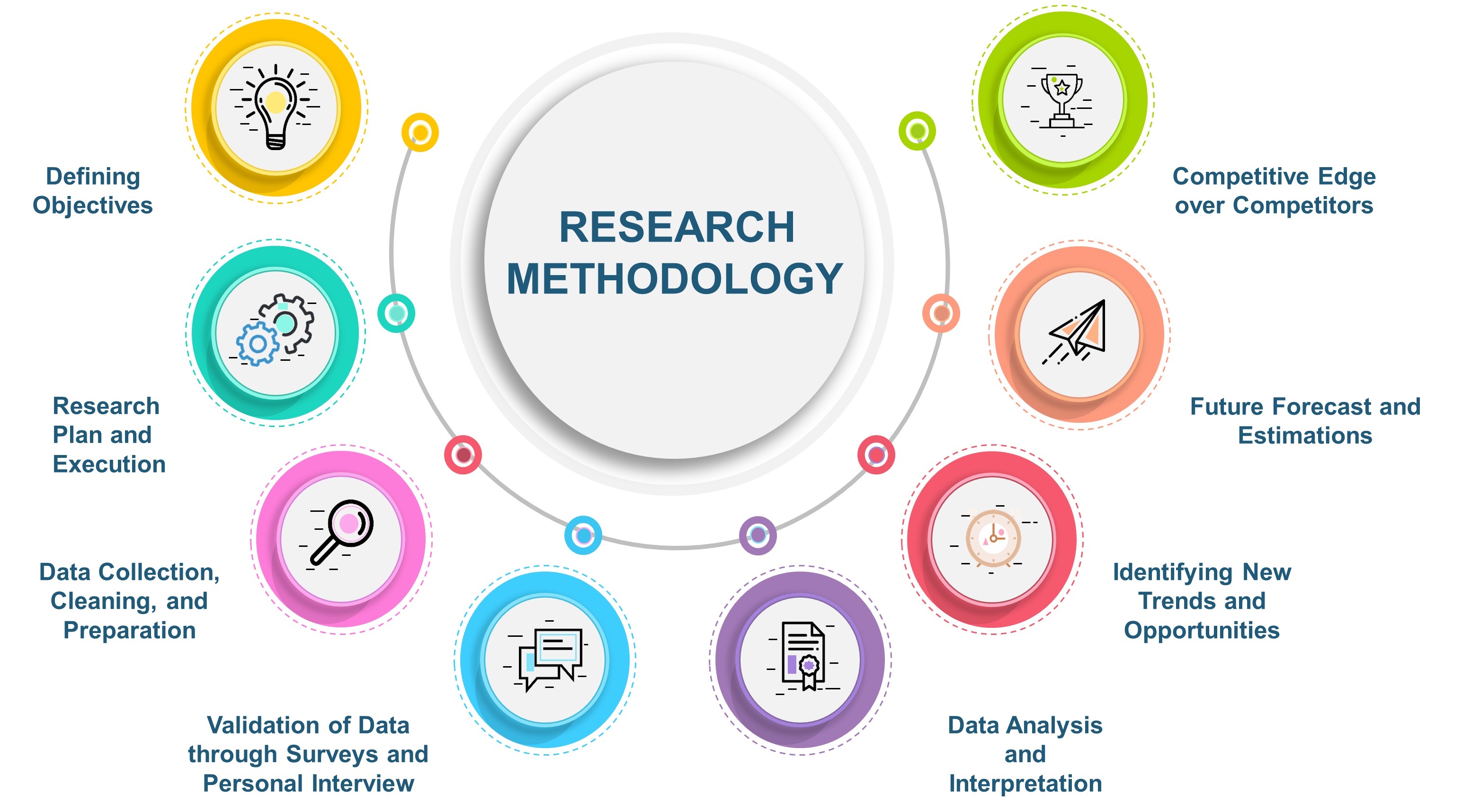
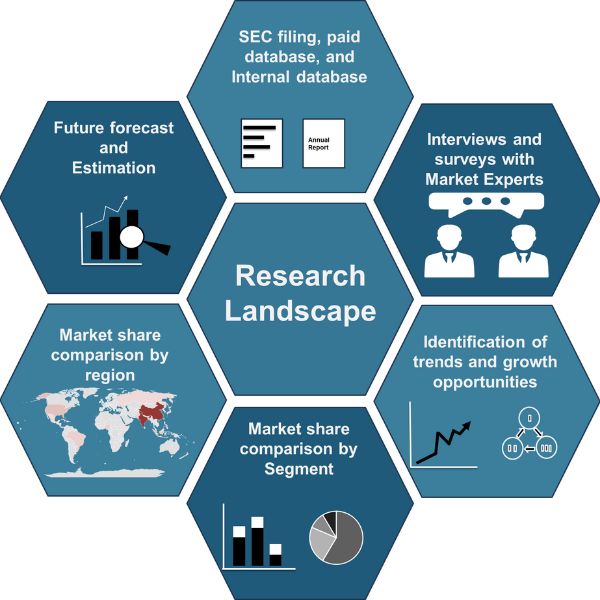





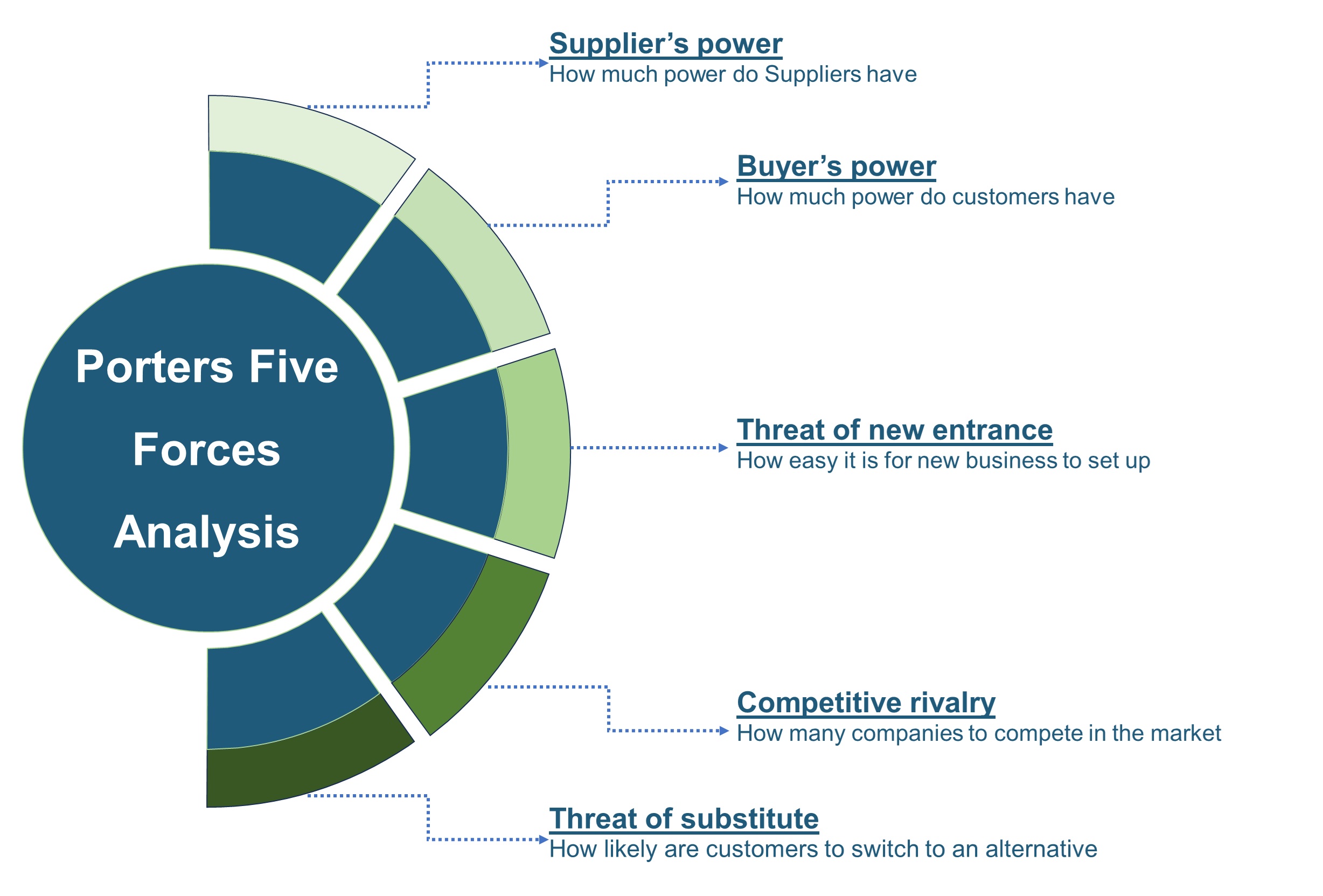

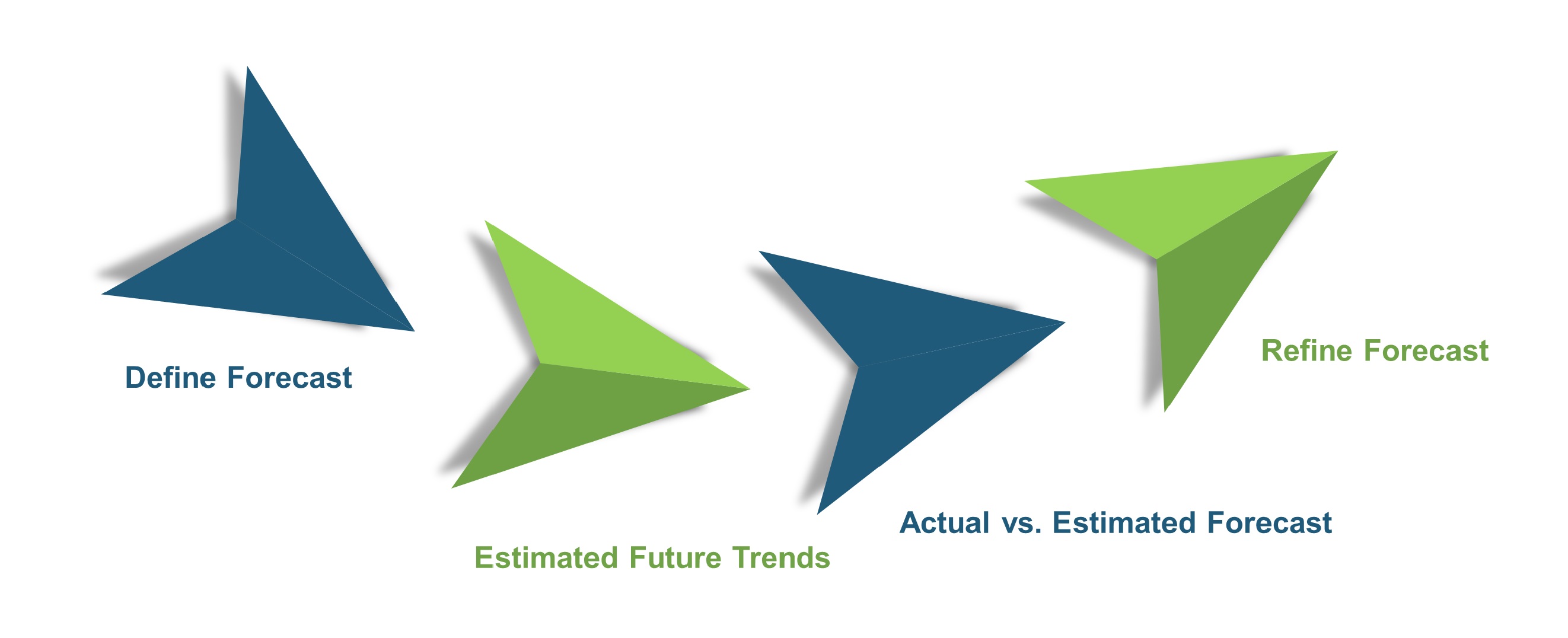
 Speak to Our Analyst
Speak to Our Analyst














